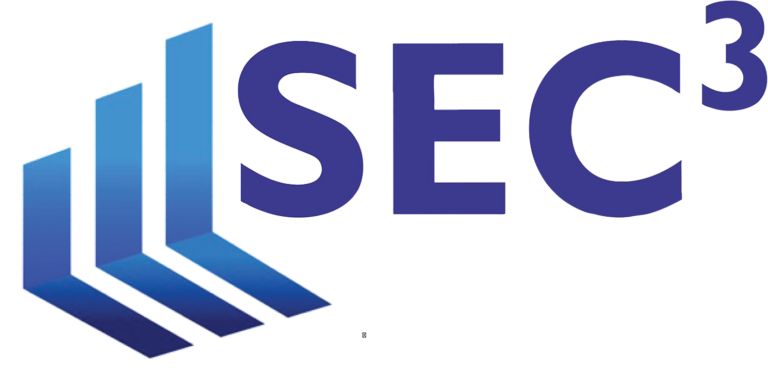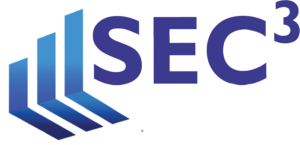The U.S. Securities and Exchange Commission’s (SEC’s) 2015 examination priorities (PDF) are very different in scope and structure from those of previous years. For instance, they are considerably more concise and less detailed. As we head into the second half of the year, below are a few reminders of the scope of the 2015 priorities advisers should be cognizant of in preparation for a possible examination by the SEC.
Unlike previous years, the 2015 priorities are no longer broken down into a general part discussing initiatives applicable to all financial institutions, followed by a sector specific section for market participants. Instead, the SEC focused on three thematic areas relevant to all participants across the board, as well as a fourth area of “other” initiatives containing a number of disparate priorities of importance to the SEC. The three thematic areas are:
- Protection of retail investors, including their participation in liquid alternatives
- Market risks, including most prominently cybersecurity and
- The use of data analytics. Other initiatives include proxy voting, private equity fees and expenses, and never before examined registered investment companies.
In the first half of the year, we have seen significant movement on some of the topics highlighted in the 2015 priorities. In particular:
Cybersecurity
On April 28, 2015, the SEC’s Division of Investment Management released new guidance regarding cybersecurity (PDF) for registered investment advisers and investment companies. It encouraged registrants to:
- Conduct a periodic assessment of their needs
- Create an incident response plan to prevent, detect, and respond to cybersecurity threats Adopt written policies and procedures, as well as training programmes, to inform their employees about prevention and detection and
- Assess the operations and cybersecurity protections of their service providers.
Importantly, the SEC identified the legal basis for the obligation of investment advisers to protect their systems. They include Regulation SP on data privacy protection and Regulation SID on identity theft red flags.
Laying down the legal premises for an adviser’s obligation to fend against a cybersecurity attack could signal the beginning of enforcement actions in this area, especially if a breach occurs and consumers are harmed. In late February 2015, at the annual SEC Speaks conference, David Glockner, the director of the SEC’s Chicago Regional Office, said that “cyber security… is an area where we have not brought a significant number of cases yet, but is high on our radar screen.”
There is a new wave of exams coming up, as well. In an April 2014 Risk Alert (PDF), the SEC set forth a set of questions that it expected advisers and broker dealers to be able to answer in an examination. It subsequently conducted 100 sweep exams based on those questions.
The SEC intends to perform a second phase of the initiative in the summer of 2015, including onsite visits. Last year’s sweep did not feature such visits, so this is a new component of the program.
Investment Companies
Alternative investment companies (also called “liquid alts”) have grown exponentially during the last year and have attracted the SEC’s attention. Currently, liquid alts account for one third of the inflows in the entire mutual fund industry and were the focus of several high profile SEC speeches last year, as well as an exam sweep. This initiative mimics prior ones from mid 2014, and their focus areas are based squarely on protections afforded under the Investment Company Act of 1940.
To be prepared, current mutual fund companies and those advisers considering adoption of the structure are well advised to consider their funds from top to bottom. Funds must examine their capital structures and borrowing limits, while advisers should remember that the Investment Company Act custody rule is strict regarding the segregation of fund assets. Offerors of liquid alts should confirm the extent and clarity of disclosure for all possible alternative investments used, limits, and all potential risks.
Fees and Expenses
Fees and expenses are another important exam priority for 2015, especially for private equity firms. Deficiencies in this area were first highlighted last year in the highly publicized speech on “Spreading Sunshine in Private Equity” by Andrew Bowden, the former director of the SEC’s Office of Compliance Inspections and Examinations (OCIE).
Showing just how priority focused the SEC is, the commission has recently taken notable enforcement actions (PDF) against firms for participating in questionable billing practices. The Enforcement Division has also clearly stated that fees and expenses will be a top priority and that more actions are to be expected.
Additionally, acting OCIE Director Marc Wyatt recently reiterated some of the issues highlighted by Bowden. “One of the most common and often cited practices in this area involves shifting expenses away from parallel funds created for insiders, friends, family, and preferred investors to the main comingled, flagship vehicles,” Wyatt said in a speech to Private Equity International.
“Frequently, operational expenses, broken deal expenses, and even the formation expenses of the side by side vehicle are borne by investors in the main fund. Some of these expense items are small, but some, such as the broken deal expenses of an active fund, can be quite large. This practice can be a difficult one for investors to detect but easy for examiners to test.”
Never-before-examined investment companies
Importantly, the SEC also released a risk alert (PDF) in April 2015, which announced its intention to conduct risk based examinations of never-before-examined registered investment companies (RICs).
If a firm is affiliated with an RIC that has never been examined, it is now considered a high priority for SEC examiners.
We expect the above focus areas to be at the center of the SEC’s mind in the second half of 2015, and firms should take a fresh look to ensure their policies and procedures are adequately addressing these topics.

